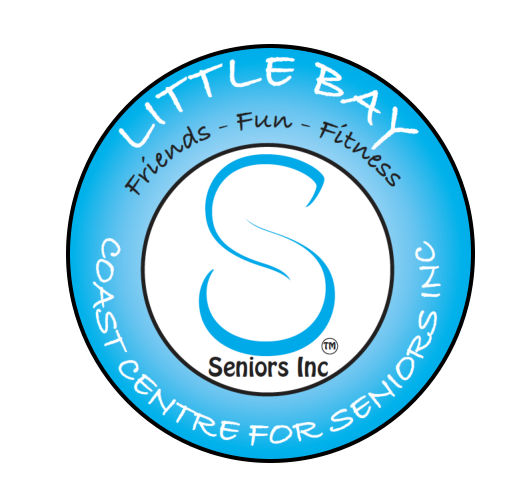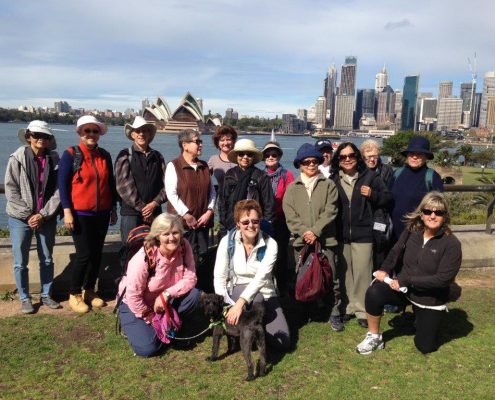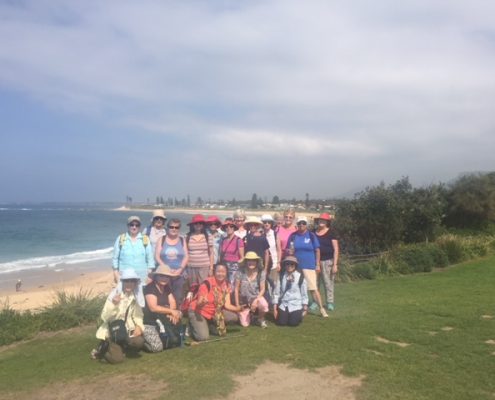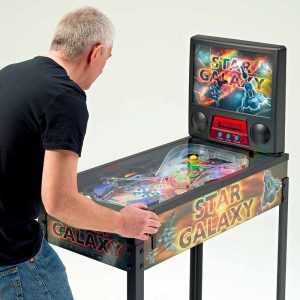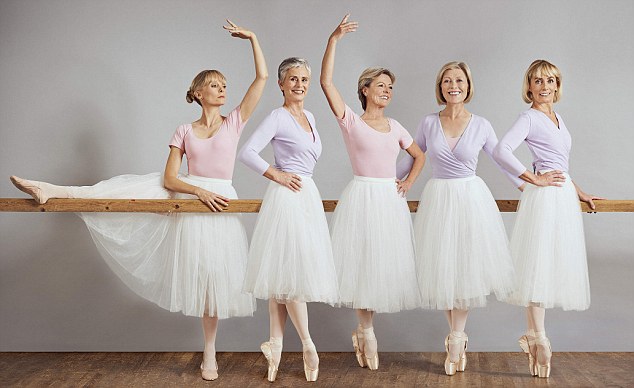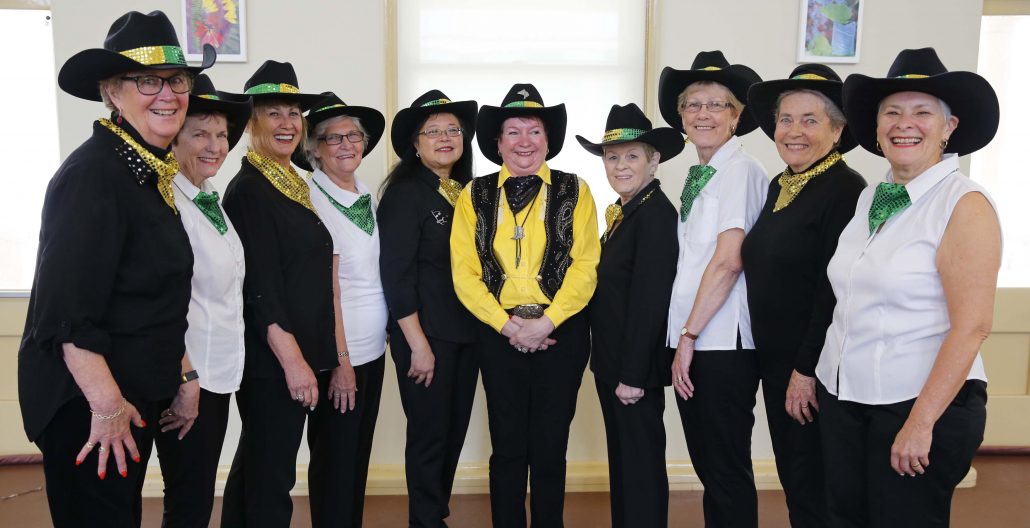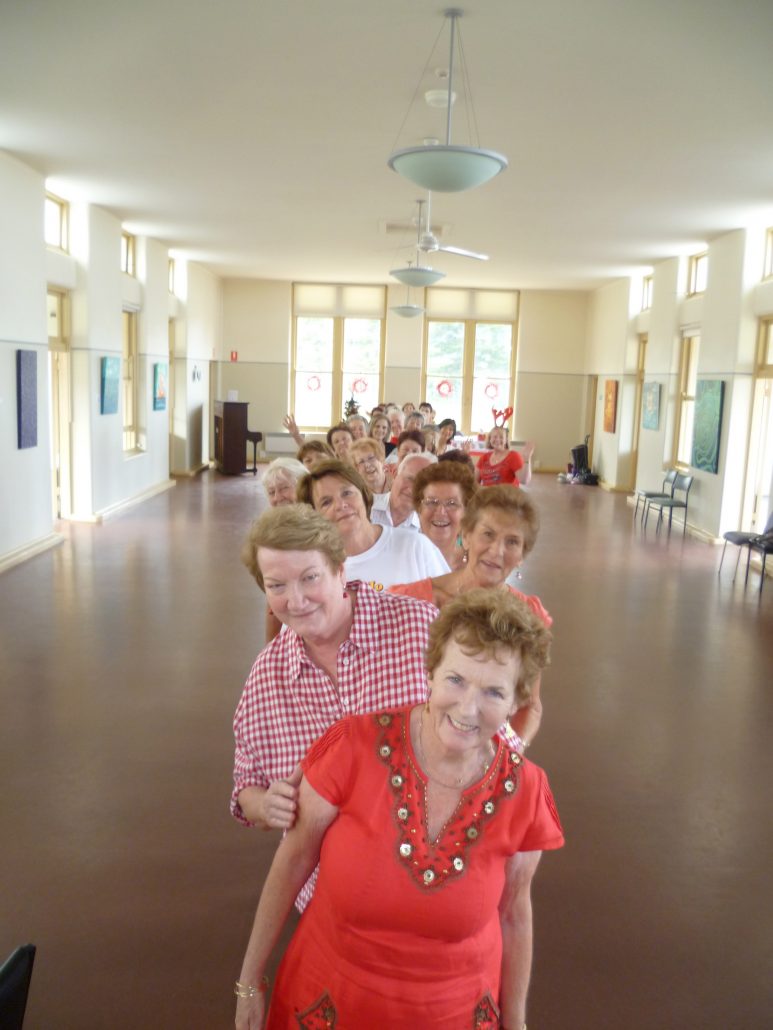The Benefits of Resistance Training
Resistance training (also called strength training or weight training) is the use of resistance to muscular contraction to build the strength, anaerobic endurance and size of skeletal muscles. Resistance training is based on the principle that muscles of the body will work to overcome a resistance force when they are required to do so. When you do resistance training repeatedly and consistently, your muscles become stronger.
A well-rounded fitness program includes strength training to improve joint function, bone density, muscle, tendon and ligament strength, as well as aerobic exercise to improve your heart and lung fitness, flexibility and balance exercises. Australia’s physical activity and sedentary behaviour guidelines recommend that adults do muscle strengthening activities on at least two days each week.
Examples of resistance training
There are many ways you can strengthen your muscles, whether at home or the gym.
Different types of resistance training include:
- free weights – classic strength training tools such as dumbbells, barbells and kettlebells
- medicine balls or sand bags – weighted balls or bags
- weight machines – devices that have adjustable seats with handles attached either to weights or hydraulics
- resistance bands – like giant rubber bands – these provide resistance when stretched. They are portable and can be adapted to most workouts. The bands provide continuous resistance throughout a movement
- suspension equipment – a training tool that uses gravity and the user’s body weight to complete various exercises
- your own body weight – can be used for squats, push-ups and chin-ups. Using your own body weight is convenient, especially when travelling or at work.
Health benefits of resistance training
Physical and mental health benefits that can be achieved through resistance training include:
- improved muscle strength and tone – to protect your joints from injury
- maintaining flexibility and balance, which can help you remain independent as you age
- weight management and increased muscle-to-fat ratio – as you gain muscle, your body burns more kilojoules when at rest
- may help reduce or prevent cognitive decline in older people
- greater stamina – as you grow stronger, you won’t get tired as easily
- prevention or control of chronic conditions such as diabetes, heart disease, arthritis, back pain, depression and obesity
- pain management
- improved mobility and balance
- improved posture
- decreased risk of injury
- increased bone density and strength and reduced risk of osteoporosis
- improved sense of wellbeing – resistance training may boost your self-confidence, improve your body image and your mood
- improved sleep and avoidance of insomnia
- increased self-esteem
- enhanced performance of everyday tasks.
At The Coast Centre, we offer:
- Resistance training classes on Mondays and Wednesdays
- Pilates classes on Mondays and Wednesdays
- Tone & Tighten class on Tuesdays
Article extracted from here
